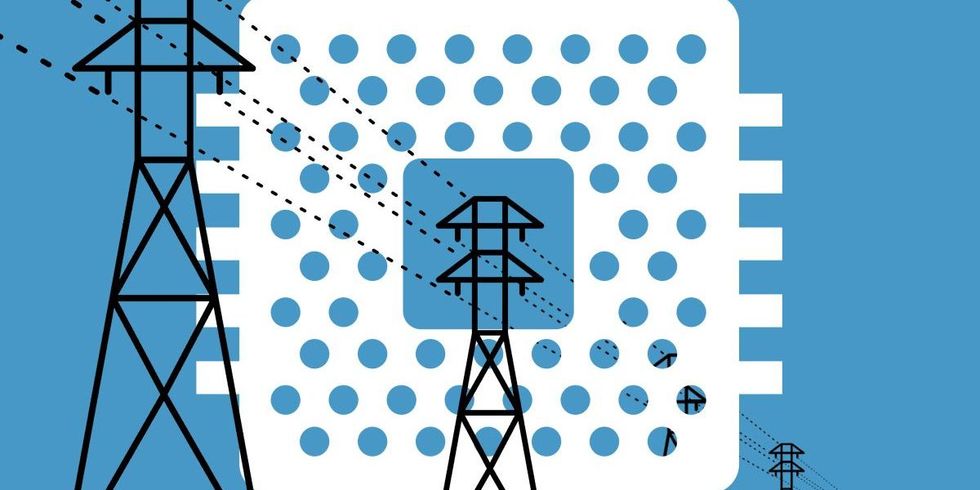
Utilidata Raises $60 Million to Scale the Smart Grid of the Future

In theory at least, an electrified household could play a key role in helping stabilize the grid of the future, alleviating times of peak electricity demand by providing power back to the grid and giving utilities timely warnings about hardware that may be failing. But devices used to measure and monitor power demand today, such as smart meters, aren’t advanced enough to do this type of orchestrated power management and fault detection at a granular level — thus leaving both financial and grid efficiency savings on the table.
Enter Utilidata, which just raised a $60 million Series C funding round to get its artificial intelligence-powered software module into smart meters and other pieces of grid infrastructure. This module acts as the brains of a device, and can provide utilities with localized insights into things like electricity usage levels, the operations of distributed energy resources such as home solar and batteries, anomalies in voltage data, and hardware faults. By forecasting surges or lulls in electricity demand, Utilidata can optimize power flow, and by predicting when and where faults are likely to occur, it empowers utilities to strategically upgrade their grid infrastructure, or at least come up with contingency plans before things fail.
The company’s AI system enables all of this analysis to happen at the grid edge — the point at which the electricity system enters a customer’s home — as opposed to in a centralized cloud, which reduces bandwidth needs and allows for immediate responses.
“There's enough capability at that node to optimize multiple complex decisions and create a better holistic outcome for the customer on the grid,” Utilidata CEO Josh Brumberger told me. The company did a trial recently with the Electricity Power Research Institute that showed promising cost savings and reduced grid strain. “We were able to reduce the customer’s bill by 12.5% and shave peak [usage] by 25%,” he told me.
Utilida’s series C was led by the clean energy investor Renown Capital Partners, with support from strategic investors such as the electricity infrastructure company Quanta and Nvidia, which Utilidata partnered with to create its AI platform.
It will still be a while before Utilidata-powered smart meters allow for automated load management down to the household level, Brumberger told me, calling this the “Holy Grail” of grid operations. That’s because making load adjustments across interconnected systems is a complex task that needs to be perfectly coordinated, often with strict regulatory oversight and opt-in from participating customers. Utilities are famously cautious about adopting new technologies such as this one, as a mishap leading to a blackout can have catastrophic consequences.
A nearer term use case, Brumberger explained, would be detecting local power glitches more quickly, or forecasting when these failures might occur. For example, a new electric vehicle in the neighborhood could potentially overload local electrical distribution equipment. Utilidata could allow the utility to replace the equipment before anything goes wrong, thus enhancing grid resiliency. Insights such as this, Brumberger said, are “going to have value immediately.”
Already Utilidata has partnered with Aclara, a large manufacturer of smart meters, to install its AI module. One day, Brumberger told me, he wants to see the tech in other grid infrastructure such as transformers, EV chargers, or automatic circuit breakers known as reclosers.
Naturally, Brumberg is also excited about the potential of integrating Utilidata’s technology into data centers, telling me he sees opportunities to deploy the company’s AI modules “at the server level, at the rack level, and at the row level, all the way up to that interconnection point,” in order to help data centers run more efficiently. As the AI boom drives data center electricity demand through the roof, Utilidata is a classic example of AI helping to ameliorate the very problem it’s created.
“Every watt of energy that does not go towards compute because it's either lost or is going towards cooling is a wasted watt,” Brumberg told me. “And so the more granular and distributed your visibility and controls are, the more efficient and valuable a system you'll have.”









